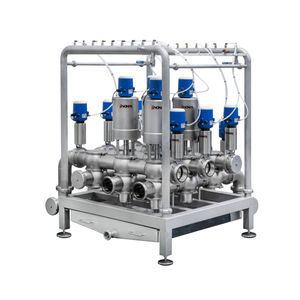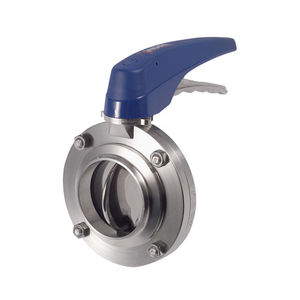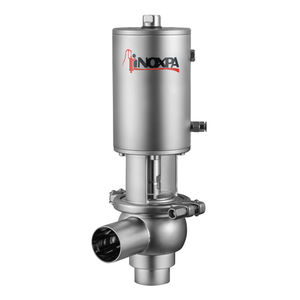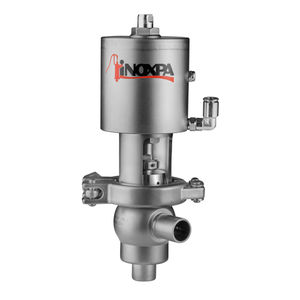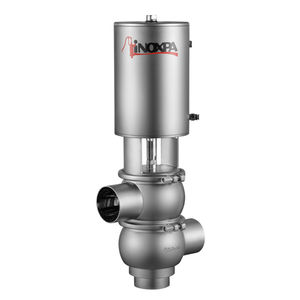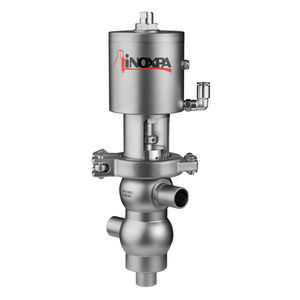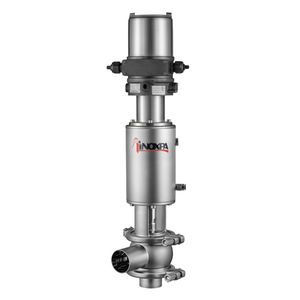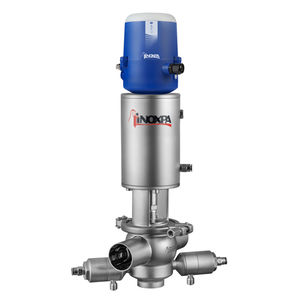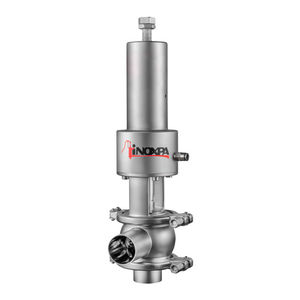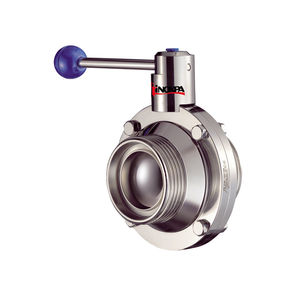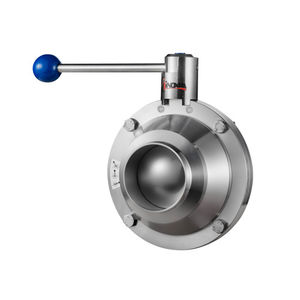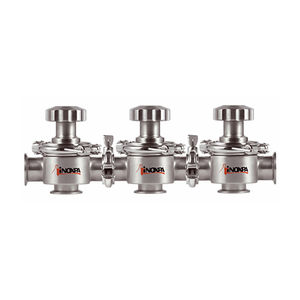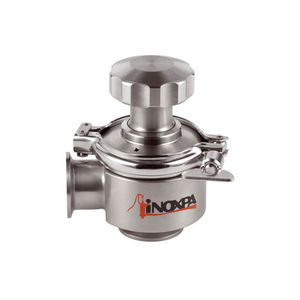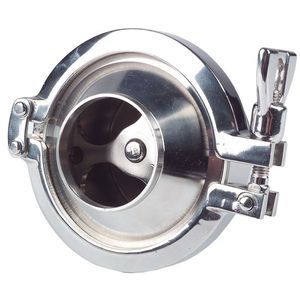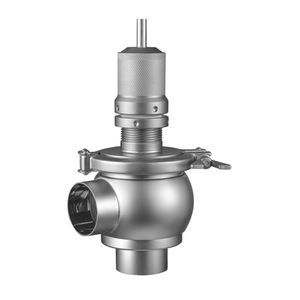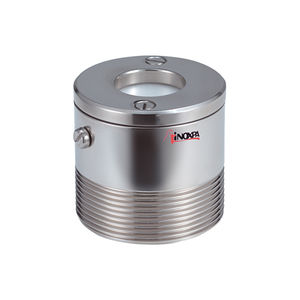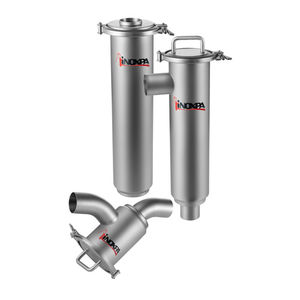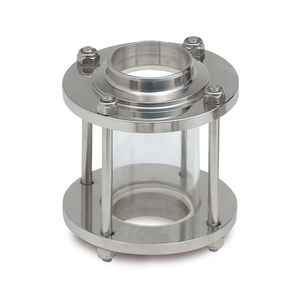

- Company
- Products
- Catalogs
- News & Trends
- Exhibitions
Diaphragm valve NDL manualpneumaticseat
Add to favorites
Compare this product
Characteristics
- Type
- diaphragm
- Operation
- manual, pneumatic
- Body
- seat, modular, stainless steel, line
- Applications
- flexible, hygienic, plate
- Associated function
- outlet
- Other characteristics
- standard, aseptic
- DN
Min.: 12.7 mm
(0.5 in)Max.: 76.1 mm
(2.996 in)- Pressure
6 bar, 8 bar, 10 bar
(87 psi, 116 psi, 145 psi)- Temperature
Min.: -20 °C
(-4 °F)Max.: 140 °C
(284 °F)
Description
The NDL (Non Dead Leg T Valve) diaphragm valves, manually or pneumatically operated, are specially designed for use on aseptic processes in the pharmaceutical industry. The valves are widely used at points of use in the loops of purified water (PW) or water for injections (WFI).
The diaphragm provides the body seal as well as the seat seal. There are no paths to the outside environment and, as such, the valve is suitable for aseptic processes. When the valve is being closed, a pressure pad which supports the diaphragm moves towards the sealing face on the body. As the pressure plate moves, the diaphragm flexes and is forced down onto the seat area in the centre of the body, thus, closing off the flow path through the body.
The valve can be actuated either manually or pneumatically and controlled by control units and solenoid valves.
A standard diaphragm valve is used to shut the flow of a line, an NDL type valve shuts only one outlet of the main line.
Comparing with a traditional diaphragm valve, the dead leg of an NDL valve is reduced to a minimum due to the design of the valve, and the pharmaceutical normatives like ASME BPE prioritise this condition.
Broad flexible range based upon a modular design concept with key components being common with other valves.
Autoclavable stainless steel bonnets and handles.
Handle with stroke limiter.
Hygienic design of the handles.
The valve body is machined out of a stainless steel block.
Completely drainable design.
Traceability of components.
Catalogs
No catalogs are available for this product.
See all of INOXPA‘s catalogsRelated Searches
- Valve
- Hand valve
- Control valve
- Stainless steel valve
- Ball valve
- Water valve
- Pneumatic valve
- Threaded valve
- Regulating valve
- Stop valve
- Flap valve
- Non-return valve
- Electric valve
- Pneumatically-operated valve
- Butterfly valve
- Piston actuator valve
- Valve for the chemical industry
- Valve for industrial applications
- Standard valve
- Metal non-return valve
*Prices are pre-tax. They exclude delivery charges and customs duties and do not include additional charges for installation or activation options. Prices are indicative only and may vary by country, with changes to the cost of raw materials and exchange rates.

